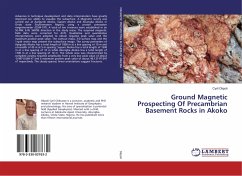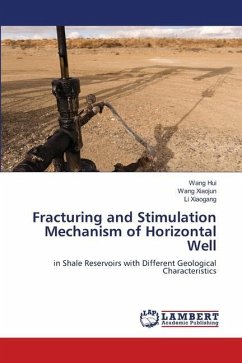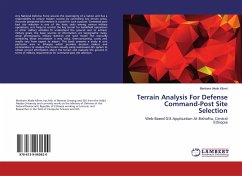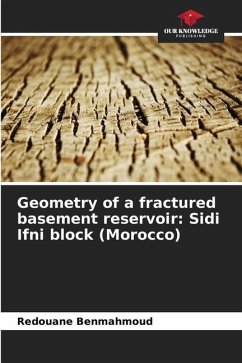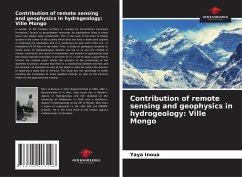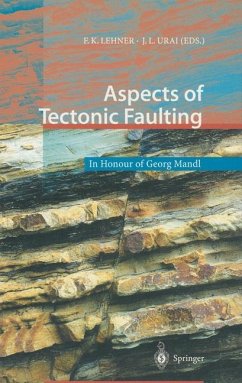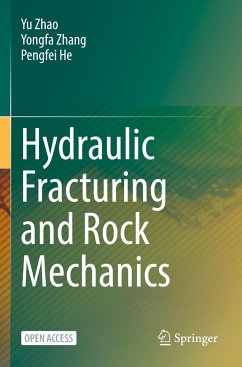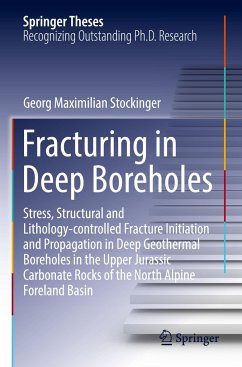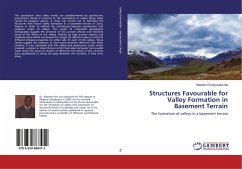
Structures Favourable for Valley Formation in Basement Terrain
The formation of valleys in a basement terrain
Versandkostenfrei!
Versandfertig in 6-10 Tagen
40,99 €
inkl. MwSt.

PAYBACK Punkte
20 °P sammeln!
The assumption that valley trends are predetermined by geotectonic phenomena stands in contrast to the assumption of valleys being solely caused by exogenic agents. A study was carried out to delineate the structures that favour valley formation in a basement terrain of Zaria, Nigeria, in order to address the controversy between geotectonic and exogenic origin of valleys. The results of integrated geophysical tomography suggest the presence of low p-wave velocity and resistivity zones at the floors of the valleys, flanked by high p-wave velocity and resistivity zones which encompass the ranges...
The assumption that valley trends are predetermined by geotectonic phenomena stands in contrast to the assumption of valleys being solely caused by exogenic agents. A study was carried out to delineate the structures that favour valley formation in a basement terrain of Zaria, Nigeria, in order to address the controversy between geotectonic and exogenic origin of valleys. The results of integrated geophysical tomography suggest the presence of low p-wave velocity and resistivity zones at the floors of the valleys, flanked by high p-wave velocity and resistivity zones which encompass the ranges for different types of rocks of different physical properties on either side of each of the valleys. These results suggest the presence of fault zones between different rock block contacts. It was concluded that the valleys had geotectonic origin which involved a graben or downthrown which took place between two parallel faults along the areas of contact of different rock blocks, if the contacts were gradational or along the gaps between the contacts, if they were sharp.





